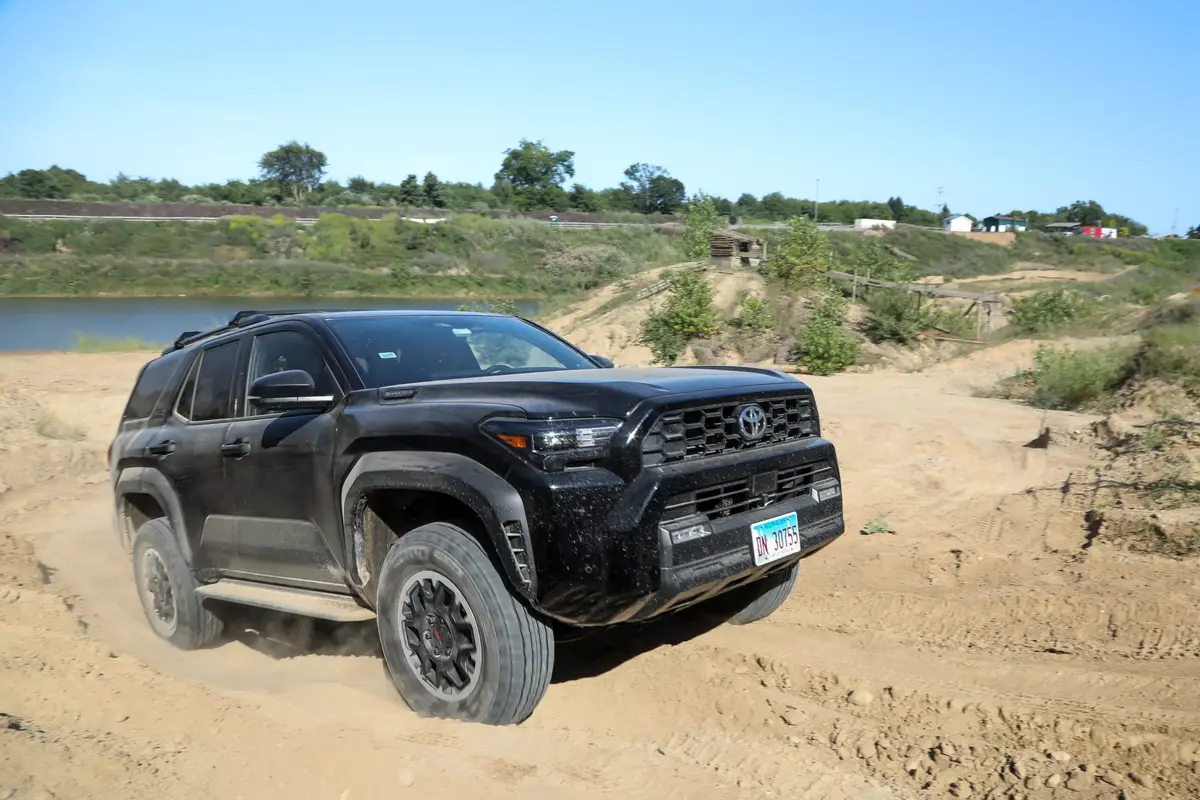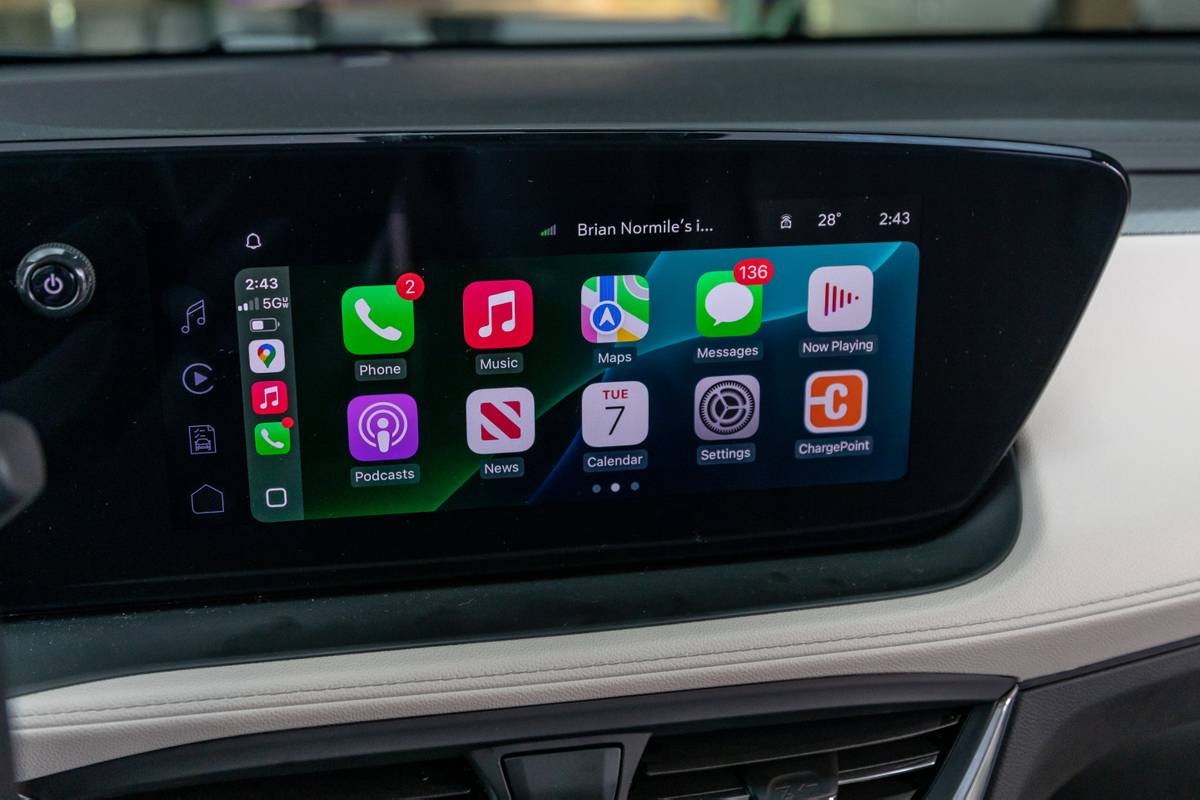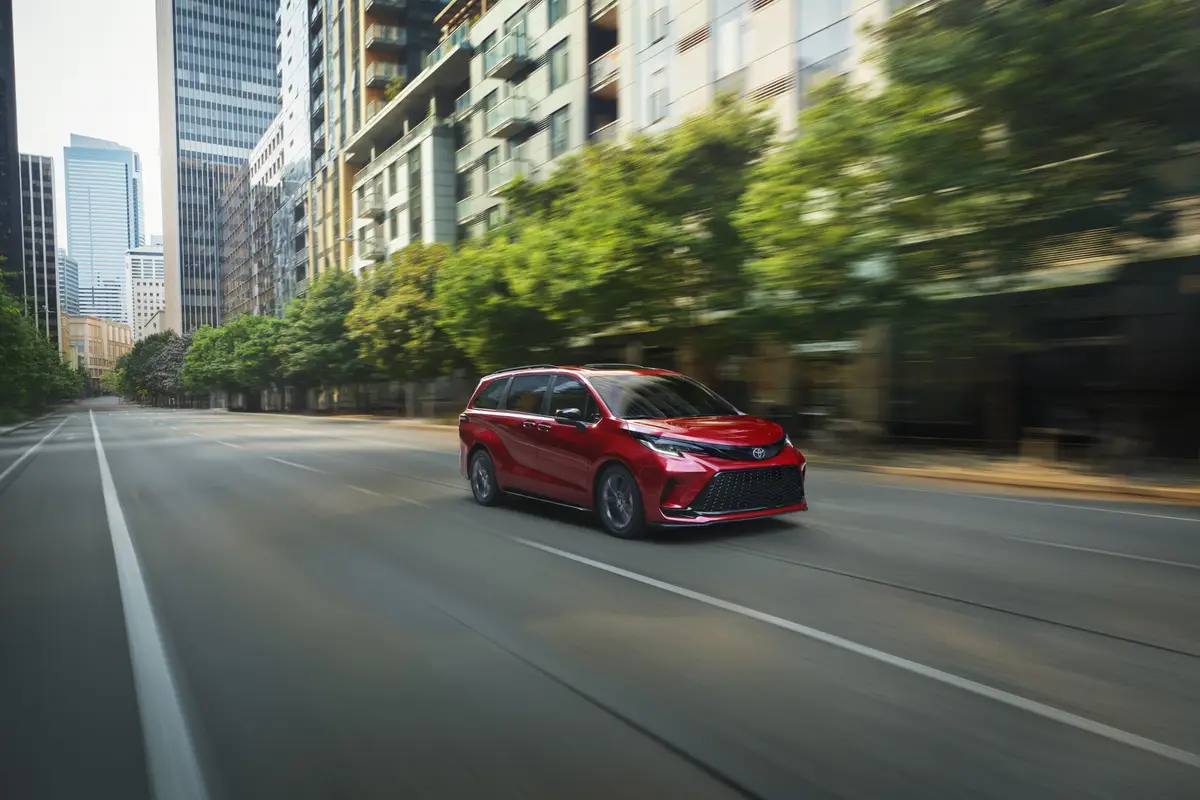washingtonpost.com's view
We laughed and scratched our heads. The 2009 Nissan Cube was another case of ugly chasing cute. It was hard to tell which one was winning.
My wife, Mary Anne, and I weren’t the only befuddled observers. Even those who liked the Cube said it resembled a “cartoon car,” something from a Scooby-Doo tale. Detractors were merciless. Some called it ugly, as in “absolutely ugly” and “so ugly, it’s stupid” and “I’d never drive anything that ugly.”
But after a week in the Cube SL, the latest in a series of tall, boxy wagons from Japan and Korea, we concluded that detractors were missing the point.
The Cube represents performance and utility with a grin. It’s a minstrel show on wheels — deliberately polarizing, offensive to some and pleasing to others in its hustle for laughs.
It has a wraparound rear window that doesn’t quite wrap around. The window starts a tad behind the “B” pillar — the central pillar — on the wagon’s passenger side. It wraps around to two “C” pillars in the rear . . . and stops. It looks like a shortened hockey stick, a 180-degree window made all the more odd by its curved and deeply beveled frame.
The Cube’s front end is both laughable and laughing. Its wide-eyed headlamps and curved-everywhere grille brought laughter from spectators who crowded around it in parking lots. But when looked at another way, staring at its front end face-to-face, the Cube appears to be laughing at you.
The Cube’s passenger cabin is a work of wonderment. It would win First Place in any contest for wackier-than-thou design. Yet, it also would finish near the top in most measurements of interior ergonomics, such as the placement and ease of use of gauges and controls.
Let’s begin with the headliner, which, in automotive parlance, refers to a vehicle’s ceiling. We’ve seen lots of imaginative things done to headliners — including the use of translucent domes (Mercedes-Benz Maybach) and the creation of headliners with hundreds of tiny light-emitting diodes that resemble stars (Rolls-Royce Phantom Coupe).
But using substantially cheaper materials and a remarkably simple design, the Nissan Cube has done the Maybach and the Rolls-Royce car one better in terms of enjoyable, entertaining headliner presentation. Looking up at the Cube’s headliner is akin to looking at a pond into which a rock has been thrown. It ripples out front to rear.
Perhaps, it was our imagination. But Mary Anne and I thought that music of all sorts sounded better within the Cube’s cabin.
On the road, the Cube is fun to drive — surprisingly peppy for a wagon with a small, 122-horsepower, four-cylinder engine.
But handling on the highway, especially in crosswinds, leaves something to be desired.
The Cube is a tall, front-wheel-drive, boxy economy wagon built on Nissan’s subcompact Versa car platform. It has a factory weight — with necessary fluids absent driver, passengers and cargo — of 2,884 pounds. Thus, with a driver, one passenger and no cargo, the manner in which our Cube SL was driven on most trips, the Cube becomes kite-like at high speeds in crosswinds on open roads.
But in the city on calm days, it was the perfect urban companion: highly maneuverable in tight traffic, a cinch to park in small spaces, and gifted with enough utility to carry stuff from shopping trips, including excursions to home-improvement stores.
In the end, we found the Cube charmingly different, albeit in a shocking sort of way. We didn’t fall in love with it. But we did learn to like it.
Latest news



